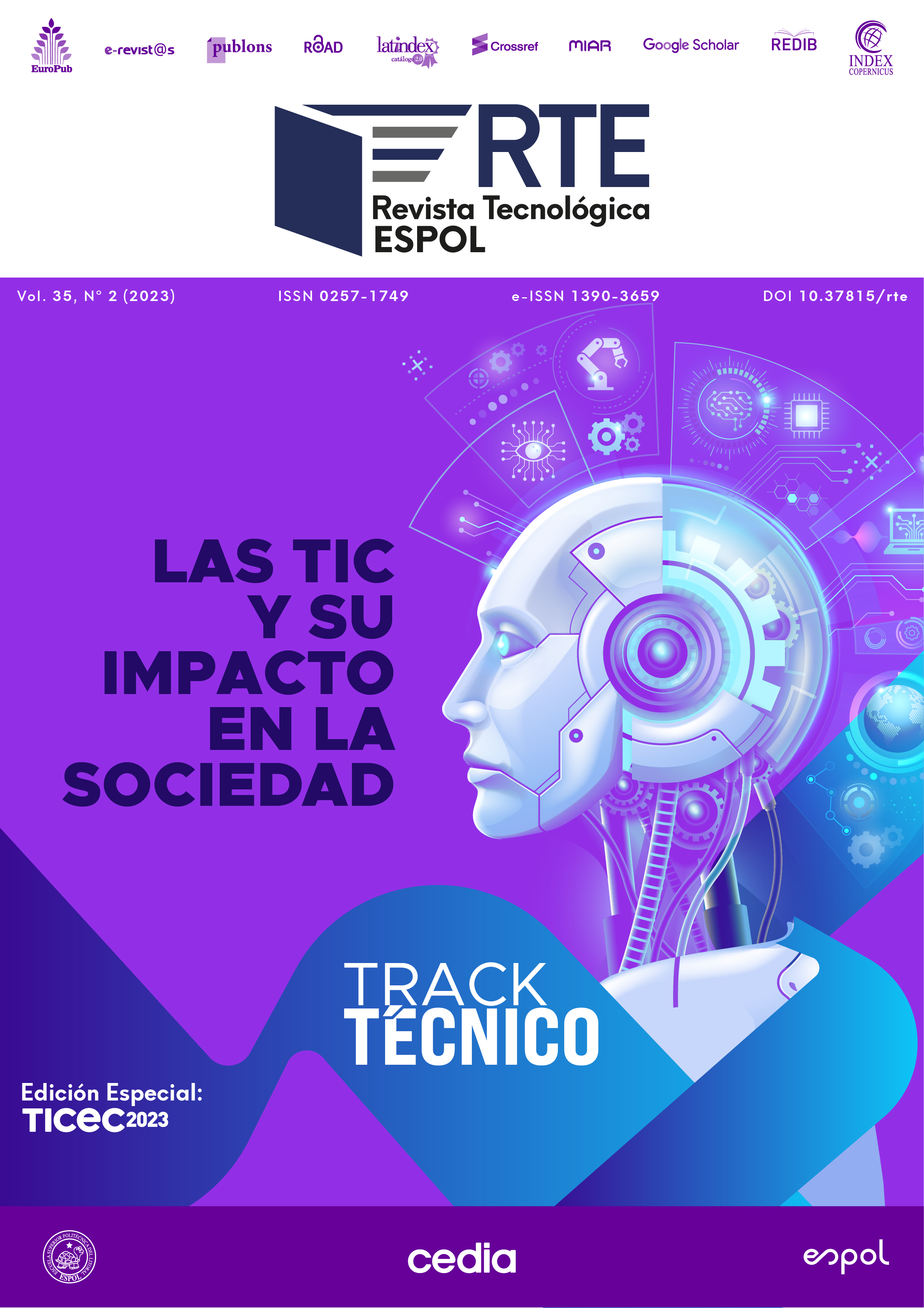Para lograr una evaluación más precisa de la calidad del aire, es necesario conocer la relación que existe entre las variables meteorológicas y los distintos contaminantes atmosféricos; lo que también tendrá la finalidad de evitar los riesgos presentes tanto en el ecosistema como en la salud de los humanos en un futuro próximo. El problema radica en encontrar una asociación entre los contaminantes atmosféricos y las variables meteorológicas, que existe en los modelos y métodos de categorización que pueden ser empleados. Debido a esta razón, el objetivo de este artículo es analizar la calidad de las asociaciones de contaminantes y variables meteorológicas por estacionalidad utilizando árboles de decisión para encontrar conocimiento que permita localizar patrones que serán importantes para el análisis ambiental. Por consiguiente, al aplicar árboles de decisión se pudo lograr un control periódico de la calidad de las asociaciones de contaminantes y variables meteorológicas, cuya validación del nivel de confianza de las reglas de asociación es mayor al 70% en los meses estudiados.

Esta obra está bajo una licencia internacional Creative Commons Atribución-NoComercial 4.0.
Referencias
Ahmed, H. W., & Alamire, D. J. H. (2020). Labelling Data for Correlation Pollution Dataset by Using Machine Learning. Journal of Physics: Conference Series, 1530(1), 012028. https://doi.org/10.1088/1742-6596/1530/1/012028
Alsagheer, R. H. A., Alharan, A. F. H., & Al-Haboobi, A. S. A. (2017). Popular Decision Tree Algorithms of Data Mining Techniques: A Review. International Journal of Computer Science and Mobile Computing, 6(6), 133-142.
Althuwaynee, O. F., Balogun, A., & Al Madhoun, W. (2020). Air pollution hazard assessment using decision tree algorithms and bivariate probability cluster polar function: evaluating inter-correlation clusters of PM10 and other air pollutants. GIScience & Remote Sensing, 57(2), 207-226. https://doi.org/10.1080/15481603.2020.1712064
Athira, V., Geetha, P., Vinayakumar, R., & Soman, K. P. (2018). DeepAirNet: Applying Recurrent Networks for Air Quality Prediction. Procedia Computer Science, 132, 1394-1403. https://doi.org/10.1016/j.procs.2018.05.068
Birant, D. (2011). Comparison of Decision Tree Algorithms for Predicting Potential Air Pollutant Emissions with Data Mining Models. Journal of Environmental Informatics, 17(1), 46-53. https://doi.org/10.3808/jei.201100186
García-Ojeda, J. C., Alvites, J. A., & Puello, P. (2020). Cuantificación de la contaminación por dióxido de carbono producida por empresas courier usando minería de datos: una mirada a las provincias de Lima y Constitucional del Callao (Colombia). Revista ESPACIOS, 41(41), 1015.
Gayathri, M., Shankar, R., & Duraisamy, S. (2020). Air pollution prediction using data mining technique. International Research Journal of Engineering and Technology (IRJET), 7(8), 4292-4297.
Hemada, B., & Vijaya Lakshmi, K. S. (2013). A Study On Discretization Techniques. International Journal of Engineering Research & Technology, 2(8).
Huang, C.-J., & Kuo, P.-H. (2018). A Deep CNN-LSTM Model for Particulate Matter (PM2.5) Forecasting in Smart Cities. Sensors, 18(7), 2220. https://doi.org/10.3390/s18072220
Manisalidis, I., Stavropoulou, E., Stavropoulos, A., & Bezirtzoglou, E. (2020). Environmental and health impacts of air pollution: a review. Frontiers in public health, 8, 14.
Martínez-España, R., Bueno-Crespo, A., Soto, J., Muñoz, A., & Cecilia, J. (2018). Air-Pollution Prediction in Smart Cities through Machine Learning Methods: A Case of Study in Murcia, Spain. Journal of Universal Computer Science, 24(3), 261-276.
Orellana, M., Salto, J., & Cedillo, P. (2021). Behavior Analysis of Atmospheric Components and Meteorological Variables Applying Data Mining Association Techniques. En Proceedings of the 2021 Future of Information and Communication Conference (FICC) (Vol. 2, pp. 192-204). Springer, Cham. https://doi.org/10.1007/978-3-030-73103-8_12
Siwek, K., & Osowski, S. (2016). Data mining methods for prediction of air pollution. International Journal of Applied Mathematics and Computer Science, 26(2), 467-478. https://doi.org/10.1515/amcs-2016-0033
Whiteman, C. D., Hoch, S. W., Horel, J. D., & Charland, A. (2014). Relationship between particulate air pollution and meteorological variables in Utah’s Salt Lake Valley. Atmospheric Environment, 94, 742-753. https://doi.org/10.1016/j.atmosenv.2014.06.012







